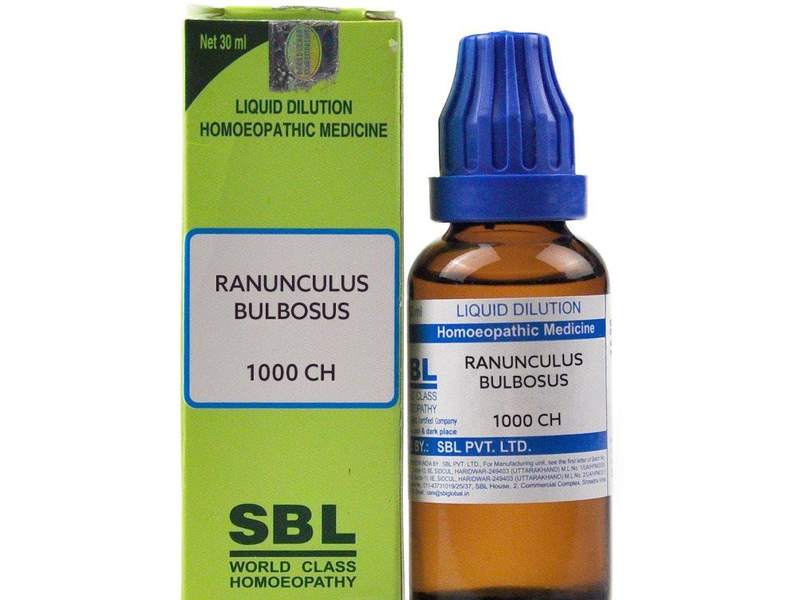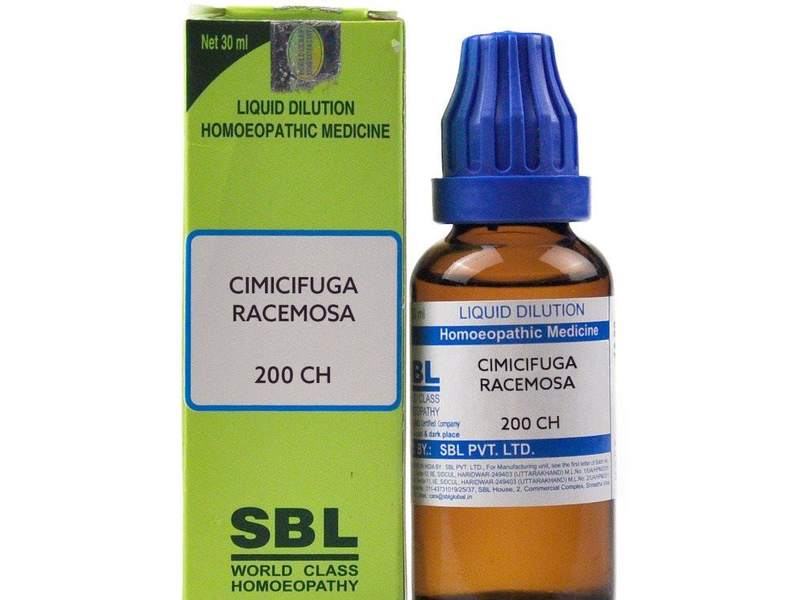Rheum Palmatum 30 Uses, Benefits – Rheum Homeopathic Medicine
₹1,737.00 Original price was: ₹1,737.00.₹1,222.00Current price is: ₹1,222.00.
- Sourness of all discharges. Sour smell of body which remains even after washing
- Dentitional diarrhoea
- Stools – pappy, slimy, whitish, turn green on diaper; sour; shivering with stools; worse before, during and after stools
- Impatient children requiring less sleep and food
- Colic, worse uncovering with sour stools, not better by stools
- Diarrhoea only during active exercise
Source: Vegetable kingdom
Synonyms: Rhubarb, Rhabarbarum
Family: Polygonaceae
Prover: Dr Hahnemann
Introduction and History: Hahnemann’s proving of Rheum has confirmed many of its traditional uses. In the form of Compound Rhubarb powder along with magnesia and ginger, most of us can remember it as one of the terrors of the nursery.
Description: Rheum contains a large amount of chrysophanic acid named from its brilliant yellow crystals. Among its many other constituents is oxalate of lime that is, calcium oxalate and rheotannic acid.
Preparation: It is prepared by triturating the dried rhizome.
Constitution and Physiognomy: It is a remedy for suckling infants and children, especially during dentition. Also suited to pregnant and nursing women.
Seat of Action (Pharmacodynamics): It mainly acts on the liver, duodenum, bile ducts and intestines.
Physio-pathological Changes (Pathology)
- It acts through the solar plexus on the liver and muscles of the bowels, throughout the entire length of the intestinal canal; slightly on the urinary organs.
- In its purgative operation, Rhubarb is moderate, producing faecal rather than watery stools, and appearing to affect the muscular fibre more than the secretory.
Ailments From: Eating prunes, eating unripe fruits, dentition, spasms, dislocations.
Characteristic Mental Symptoms (Psychology)
- INDIFFERENCE, indolence and a dislike to conversation.
- PEEVISH DISPOSITION with tears. Restlessness, with a desire to weep.
- Patient has an impetuous desire for particular objects.
- The Rheum child demands various things with vehemence and weeping, even its favourite playthings.
- Screaming of children with urging and sour stools.
- Patient is unable to collect her senses for long after waking.
- State of mind as if in half asleep or in a dream.
- Delirium. Incoherent talk.
Characteristic Physical Guiding Symptoms
Child: Screaming of children with urging and sour stools. Children cry
and toss about all night. Child is impatient, desires many things and cries; dislikes even favourite play things.
Perspiration: Constant, profuse sweating of scalp, whether asleep or awake, quiet or in motion; the hair is always wet, may or may not be sour.
Difficult dentition: Child is restless, irritable, peevish; has a pale face and smells sour.
Desires: Desires various kinds of food, but cannot eat them; they become repugnant.
Colic: It is aggravated at once by uncovering an arm or leg; with very sour stool; worse when standing; not better by stool.
Sour smell: Sour smell of the whole body; child smells sour even after washing or bathing.
Important Characteristic Features
Dentitional troubles: It is a very useful medicine for dentitional troubles. Screaming of children with urging and sour stools. Children cry and toss about all night. Child is impatient, desires many things and cries; dislikes even favourite play things. Child is restless, irritable, peevish; has a pale face and sour smell. Colic is aggravated at once by uncovering an arm or leg; with very sour stool, worse when standing; not better by stool.
General Modalities
Aggravation: During dentition, eating plums, summers, nursing women, motion before, after and during stools.
Amelioration: Warmth, wrapping up, lying bent and in odd positions. Remedy Relationships
Complementary: Mag-c.
Compatible: Ip.
Antidoted by: Camph, Cham, Coloc, Merc, Nux-v, Puls.
Antidote to: Canth, Mag-c.
Followed well by: Bell, Puls, Rhus-t, Sulph.
Dosage: Dr Boericke recommends third to sixth potency.
Therapeutic Value: Colic, Dentitional problems, Diarrhoea, Dysentery, Headache, Indigestion, etc.
Related products
Homeopathic Medicine
Homeopathic Medicine
Homeopathic Medicine
Homeopathic Medicine
Argentum Nitricum Materia Medica – Argentum Nitricum 30 Uses
Homeopathic Medicine
Antimonium Crudum ( Antim Crud ) – Antimonium Crudum Materia Medica
Homeopathic Medicine
Homeopathic Medicine
Asafoetida Homeopathy Benefits, Uses – Asafoetida 30 Homeopathy Medicine
Homeopathic Medicine
Abies Canadensis Homeopathic Medicine – Abies Canadensis Uses











